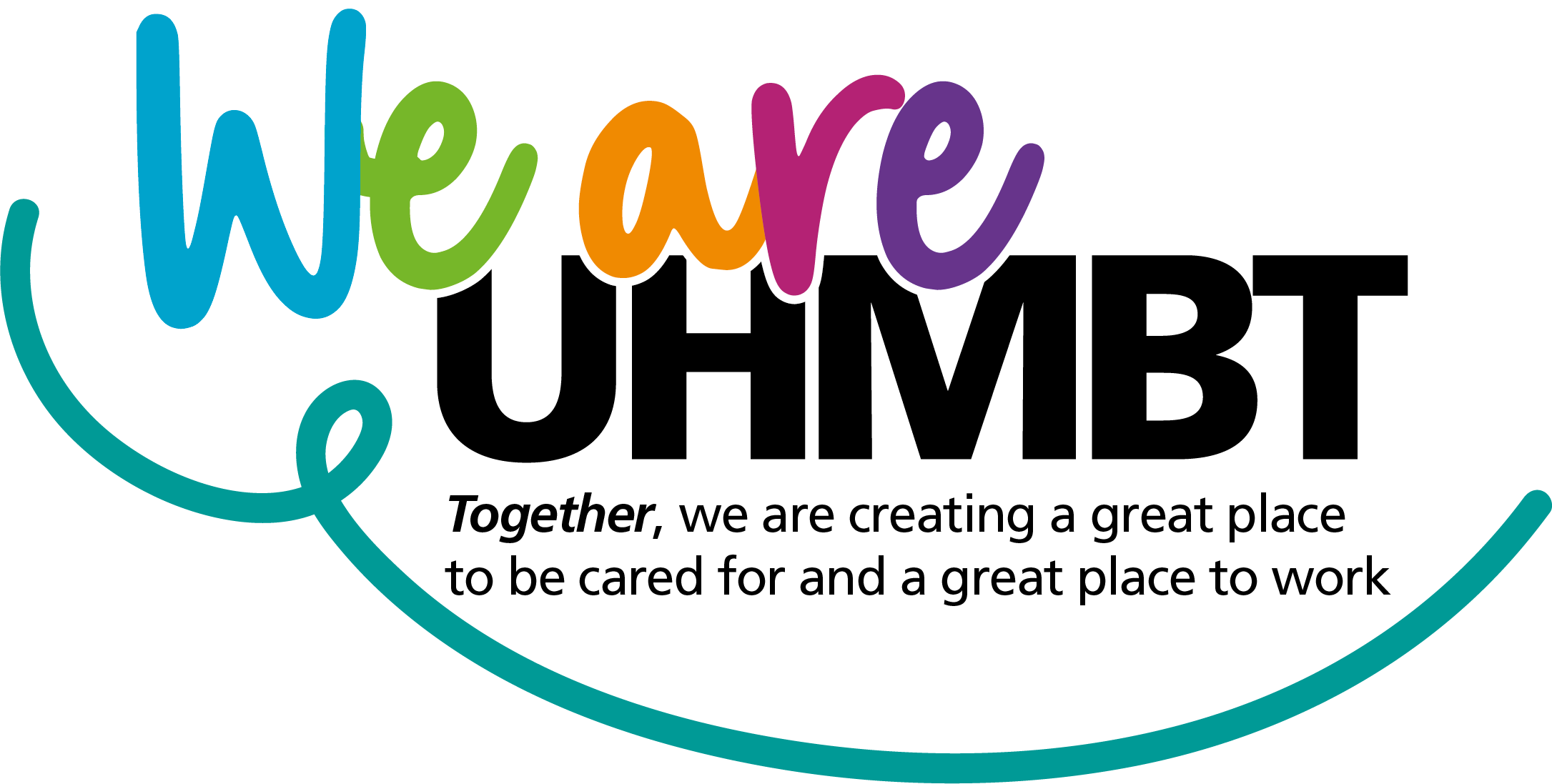"Making information accessible and available means independence and better patient experience."
At UHMBT our aim is to ensure that people who have a disability, impairment or sensory loss are able to access information that they understand, and are able to communicate the support they need when using our health and care services.
The Accessible Information Standard improves the experience for our patients, parents, carers and service users. We aim to make all our experiences positive and inclusive.
As part of the Accessible Information Standard, our Trust must also do the following:
- Ask people if they have any information or communication needs, and find out how to meet their needs.
- Record those needs in a set way on patient records.
- Highlight a person’s file, so it is clear that they have information or communication needs, and clearly explain how these should be met.
- Share information about a person’s needs with other Trust Teams/Departments, NHS and adult social care providers, when they have consent or permission to do so.
- Act to make sure that people get information in an accessible way and communication support if they need it.
The Accessible Information Standard is for people with a disability, impairment or sensory loss, and is particularly useful for people who:
- Are blind
- Are deaf or have hearing loss
- Are deafblind
- Have a learning disability
- People with (for example): Aphasia – this is an impairment of language, affecting the production or comprehension of speech and the ability to read or write
- A mental health condition that affects communication
- Many more!
The Accessible information Standard requires our Trust to make sure that people get information in different formats as appropriate for their own personal communication needs.
NHS England/Improvement have worked with the charity Sense to develop an animated video which provides a step-by-step overview of the Standard. The video includes subtitles and BSL interpretation.
A short summary document which provides an overview of the Standard for patients, service users, carers and parents is also available in a range of formats.

